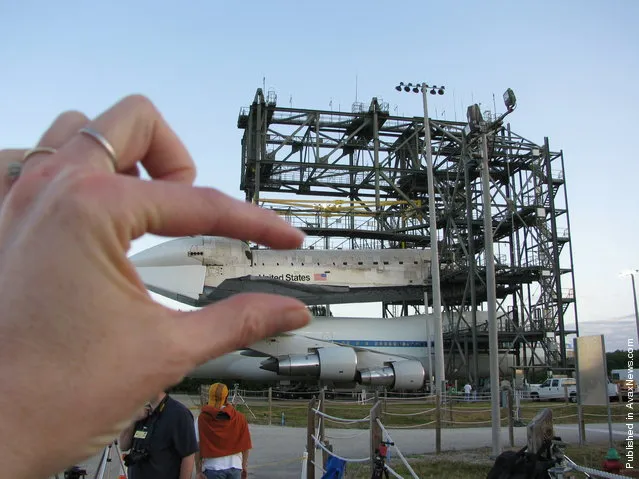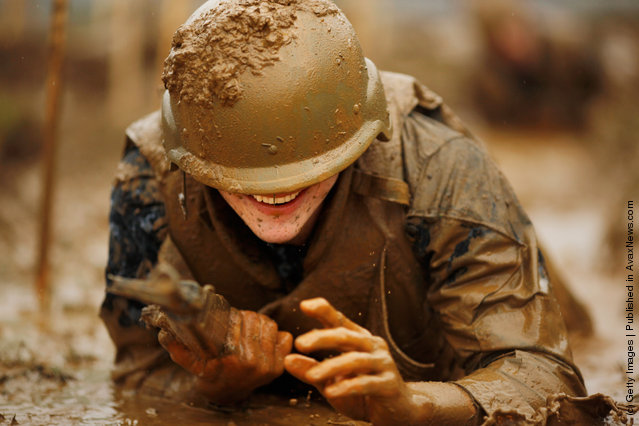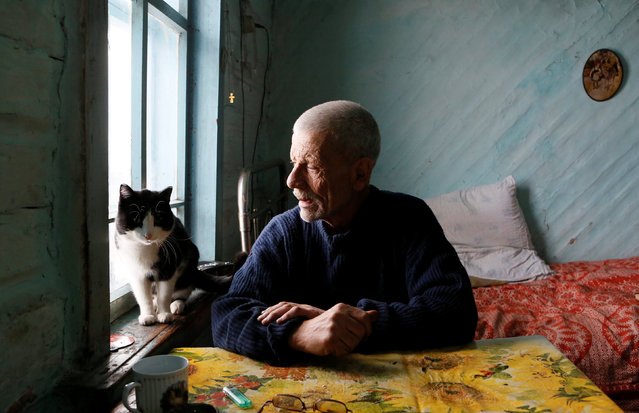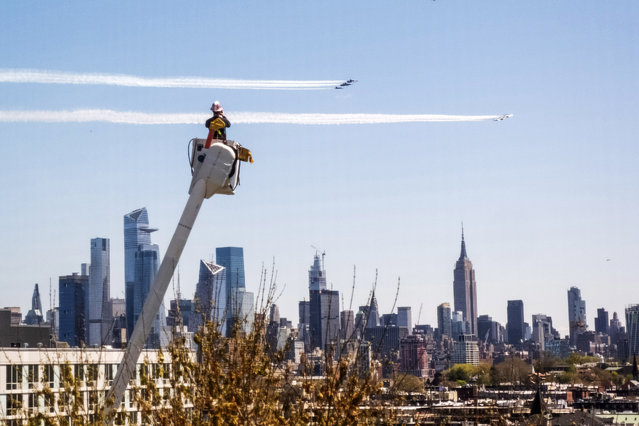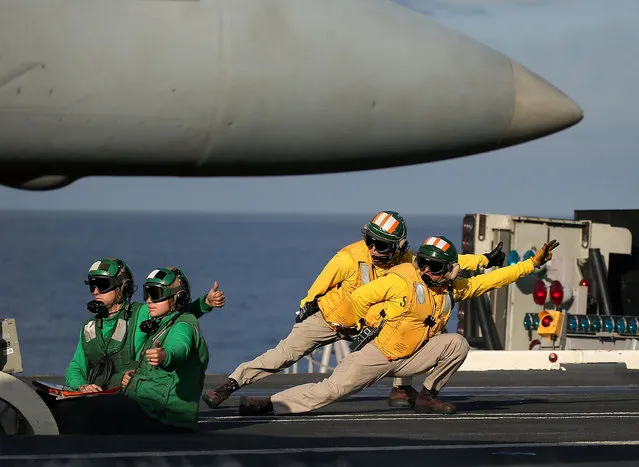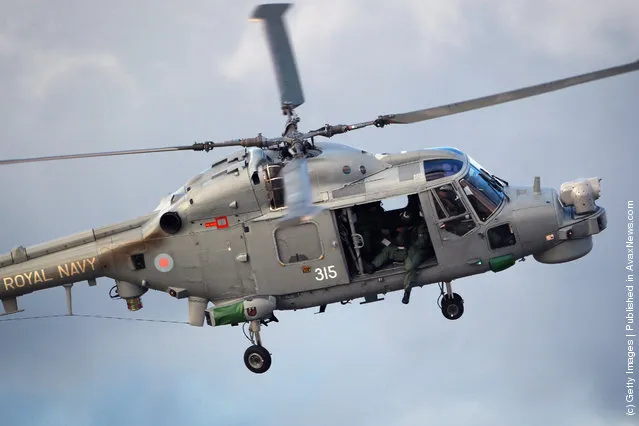
A security exercise takes place along the River Thames on January 19, 2012 in London, England. The exercise including around 44 police officers, 94 military personnel, 15 boats and a Royal Navy Lynx helicopter was conducted by both the Metropolitan Police and the Royal Marines and designed to test their joint capability ahead of the 2012 London Olympic Games. (Photo by Dan Kitwood/Getty Images)
23 Jan 2012 09:40:00,post received
0 comments

